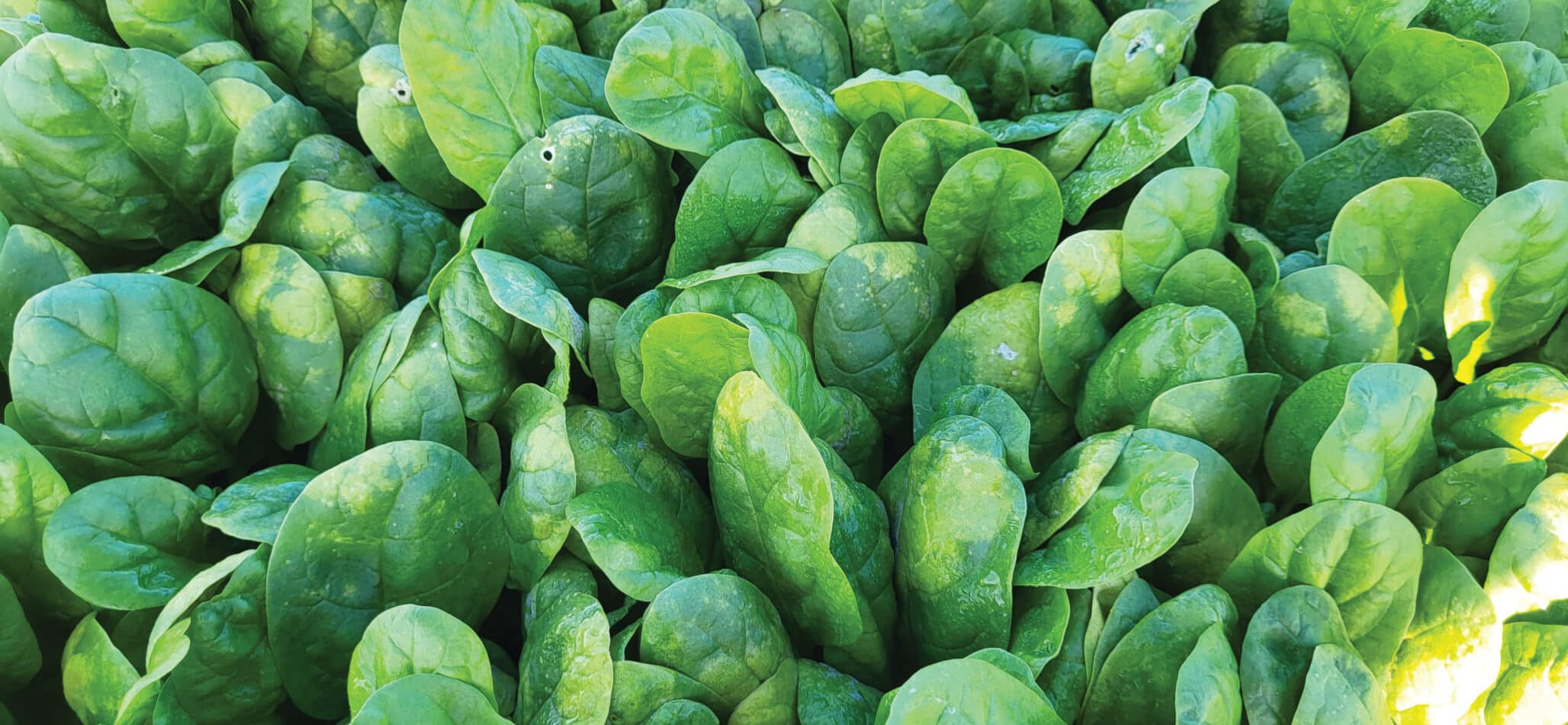A gene that can prevent some of the most important wheat diseases has been identified, creating the potential to save more than $1 billion in lost production in Australia alone each year.
Through a global collaboration, the gene Lr67 has been identified as providing resistance to three of the most important wheat rust diseases along with powdery mildew. Collaborators include the University of Sydney’s Plant Breeding Institute (PBI), the Commonwealth Scientific and Industrial Research Organisation (CSIRO), International Maize and Wheat Improvement Center, University of Newcastle, Chinese Academy of Sciences and the Norwegian University of Life Sciences.
The findings, published in Nature Genetics, should have wide-reaching ramifications, with wheat already providing
one-fifth of global caloric intake and set to spike in the next 50 years.
The University of Sydney played a crucial role through the Grains Research and Development Corporation-funded Australian Cereal Rust Control Program at PBI, which leads rust research to cater for the needs of Australian cereal breeding companies to release disease resistant varieties.
CSIRO and the University of Newcastle contributed molecular genetics skills to clone the naturally-occurring gene that provides resistance to multiple wheat pathogens.
Harbans Bariana, principal research fellow at PBI and associate professor, says rust diseases are among the most significant constraints to global wheat production.
“Estimates put potential losses from wheat rust diseases in Australia alone at more than $1.5 billion each year,” he says. “The transfer of gene Lr67 into modern wheat cultivars is already in progress … Its transfer to future wheat varieties through marker-assisted selection based on this work will increase diversity for resistance.” Source: University of Sydney.











